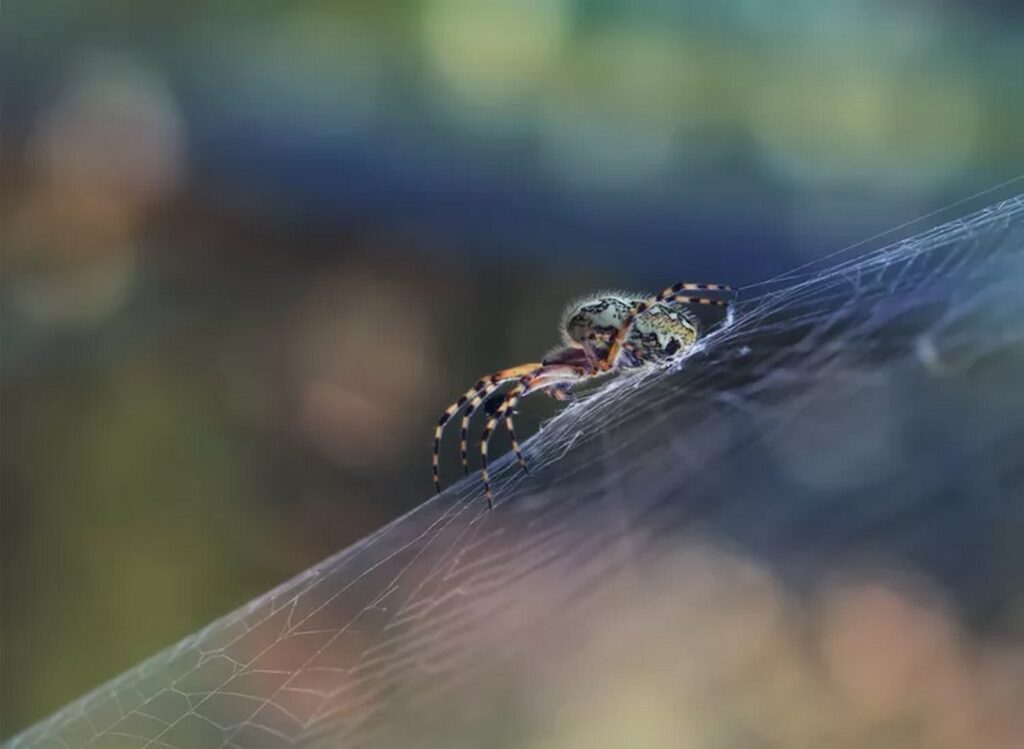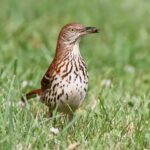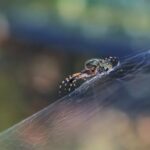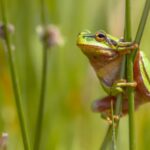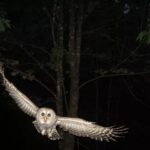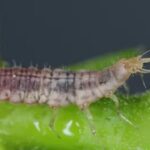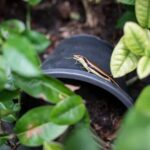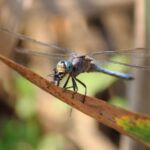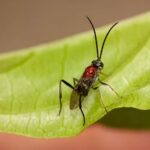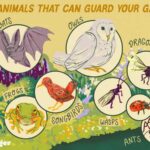Introduction
Cultivating plants for sustenance marks a significant cultural evolution spanning over millennia. While modern agriculture has revolutionized human societies, our connection to the wilderness persists. Amidst the bounty nature provides, pests pose challenges to agricultural endeavors. While conventional methods rely on deterrents, embracing wildlife allies offers a sustainable and effective approach to safeguarding gardens.

The Agricultural Revolution and Wildlife Harmony
Agriculture’s inception heralded a departure from nomadic lifestyles, yet our symbiotic relationship with the wilderness endures. Although pests threaten agricultural productivity, nature offers solutions if we are willing to engage with it. In contrast to indiscriminate pesticides, cultivating habitats for beneficial wildlife fosters ecological balance and enhances crop protection.
Holistic Approaches: Biodynamic Agriculture and Integrated Pest Management
Embracing wildlife guardians requires a holistic perspective informed by biodynamic agriculture and integrated pest management (IPM). By fostering habitats conducive to pollinators, predators, and parasites, gardeners cultivate resilient ecosystems that naturally regulate pest populations. Understanding the nuanced roles of wildlife species enables effective pest control strategies while minimizing ecological disruptions.
Wildlife Allies in Your Garden
Ants
Ants, with their complex behaviors, contribute to soil aeration and pest control. Weaver ants, for instance, defend crops from pests while enhancing produce quality, offering a sustainable alternative to chemical pesticides.
Bats
Insectivorous bats play a crucial role in pest suppression, particularly targeting mosquitoes and moth pests. Their voracious appetite for insects underscores their value in ecological balance and agricultural sustainability.
Songbirds
Avian predators like songbirds mitigate pest populations, offering tangible benefits to agriculture. By preying on caterpillars, beetles, and other pests, songbirds contribute to crop protection while enriching biodiversity.
Birds of Prey
Raptors serve as formidable allies in pest management, targeting larger pests like rodents and rabbits. Understanding local raptor species enables targeted conservation efforts to enhance agricultural sustainability.
Dragonflies and Damselflies
Aerial hunters like dragonflies and damselflies excel in controlling pest insects, including mosquitoes and midges. Their predatory behavior complements integrated pest management strategies, promoting natural pest control.
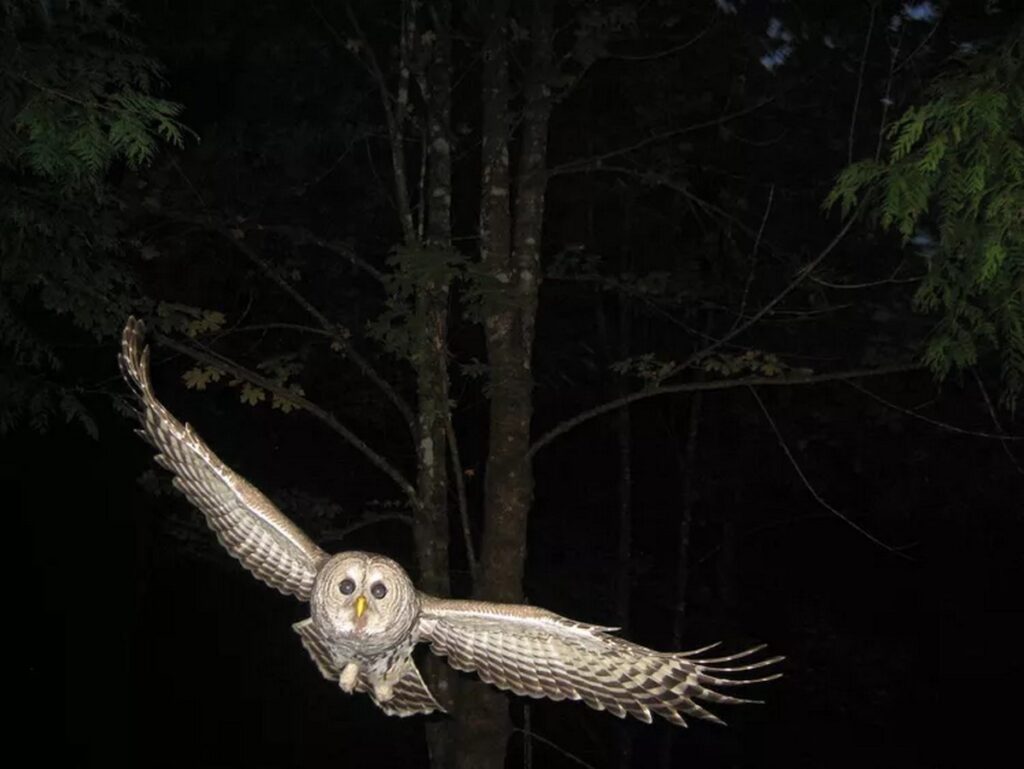
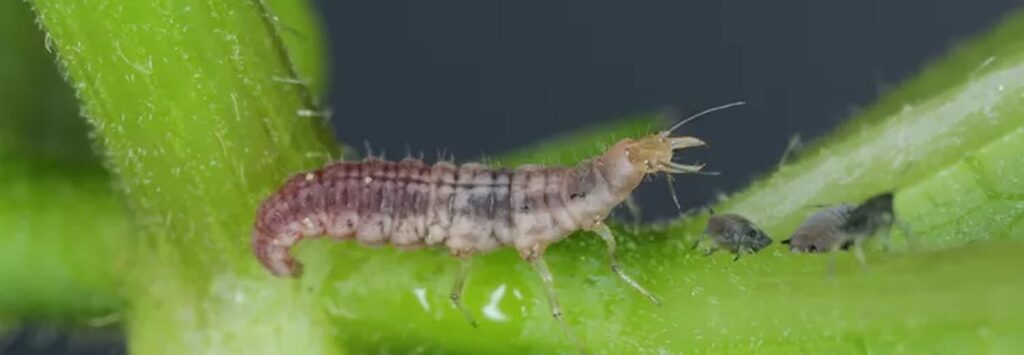
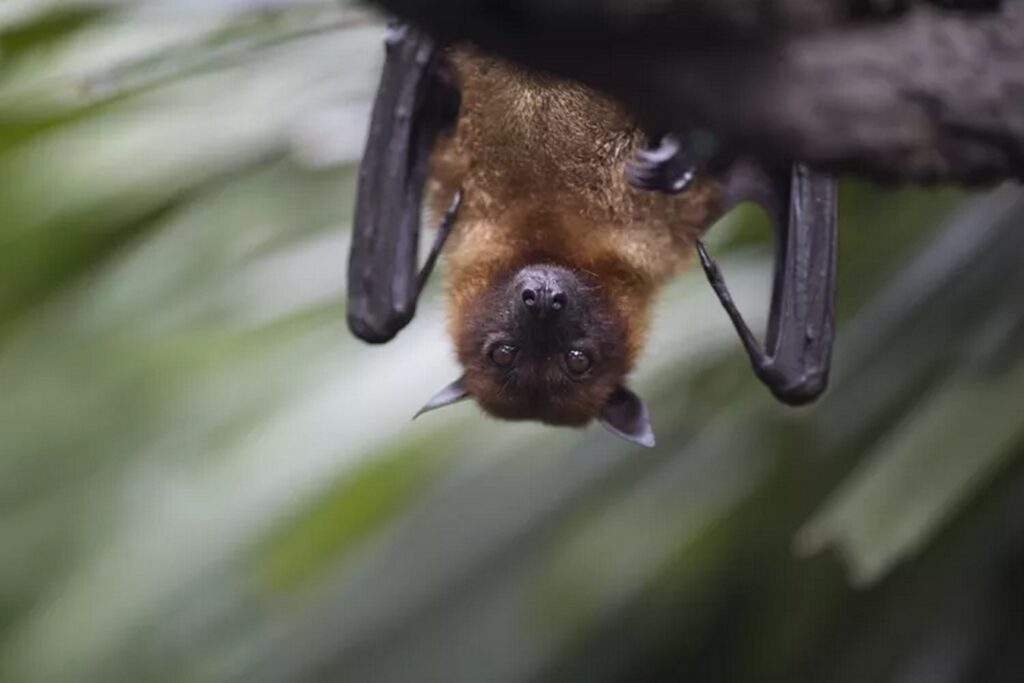
Amphibians
Native amphibians, such as frogs and toads, exert significant predation pressure on garden pests. Creating suitable habitats for amphibians fosters pest control while enhancing biodiversity in agricultural landscapes.
Ladybugs
Ladybugs, renowned for their voracious appetite for aphids and other soft-bodied insects, are valuable allies in biological pest control. Attracting native ladybug species promotes natural pest management in gardens.
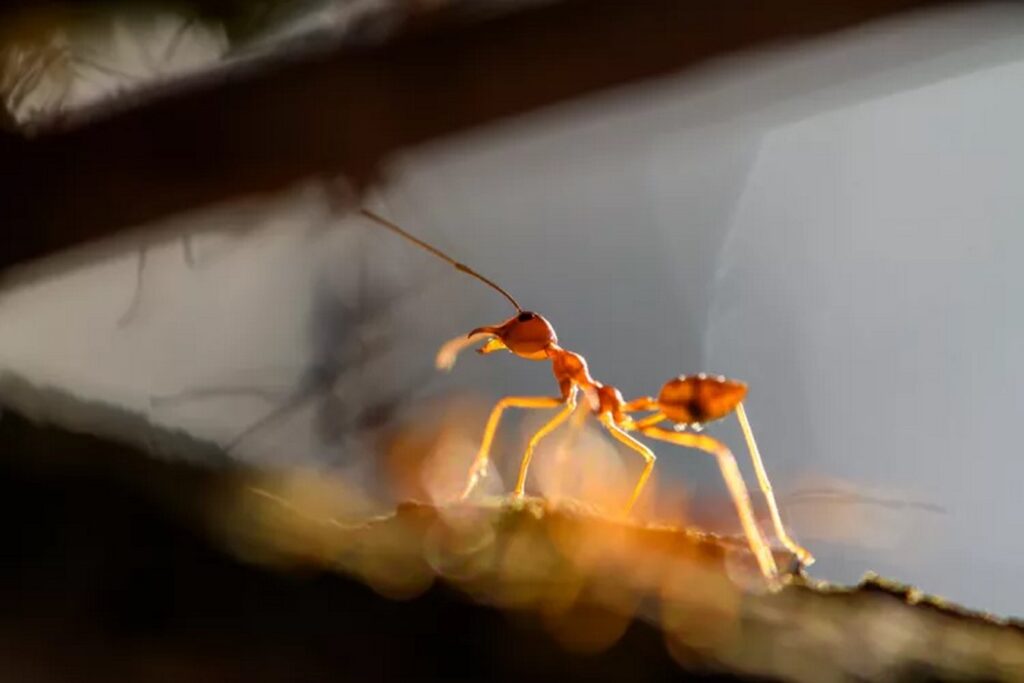
Green Lacewings
Green lacewings, with their carnivorous larvae, target a wide range of garden pests, including aphids and insect eggs. Their contribution to pest suppression underscores the importance of conserving these beneficial insects.
Snakes, Lizards, and Turtles
Reptiles like snakes and lizards play essential roles in controlling herbivorous pests, offering natural solutions to crop protection. Providing suitable habitats for reptiles fosters ecological resilience and enhances agricultural sustainability.
Spiders
Often misunderstood, spiders are adept predators of pest insects, including flies, mosquitoes, and moths. Their diverse hunting strategies contribute to pest management in agricultural ecosystems.
Wasps
Predatory wasps and parasitoid wasps offer nuanced pest control services, targeting specific garden pests while minimizing ecological disruptions. Leveraging their predatory behaviors enhances agricultural sustainability.
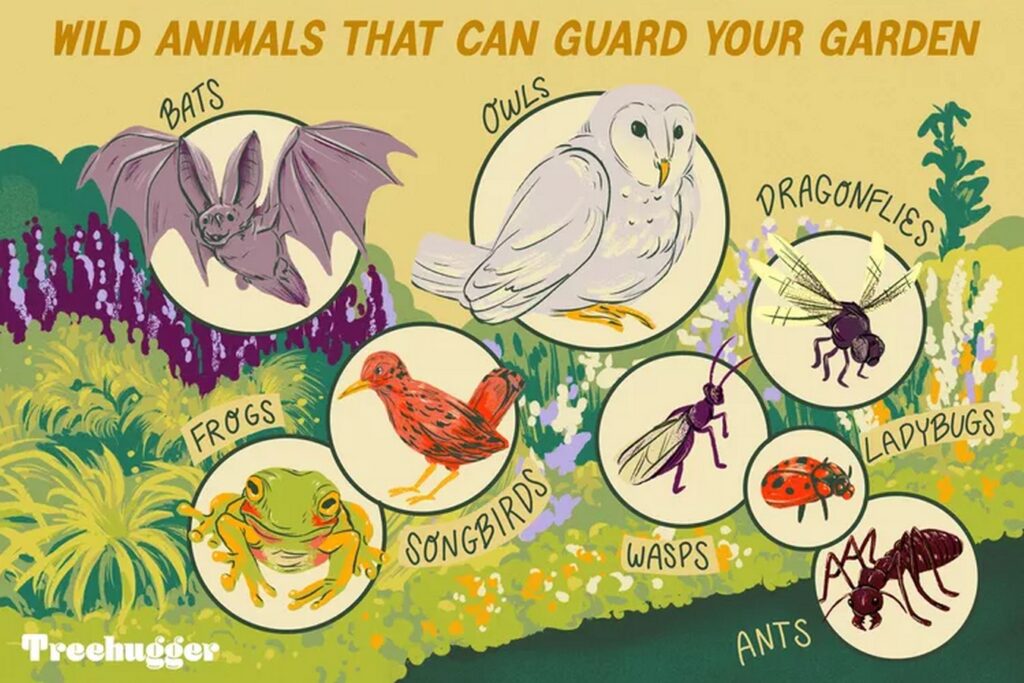
Conclusion
Incorporating wildlife allies into agricultural practices represents a paradigm shift towards ecological harmony and sustainability. By embracing the multifaceted roles of wildlife guardians, gardeners can cultivate resilient ecosystems that naturally regulate pest populations. Through thoughtful habitat management and conservation efforts, we empower nature to safeguard our gardens while fostering biodiversity and ecological resilience.

